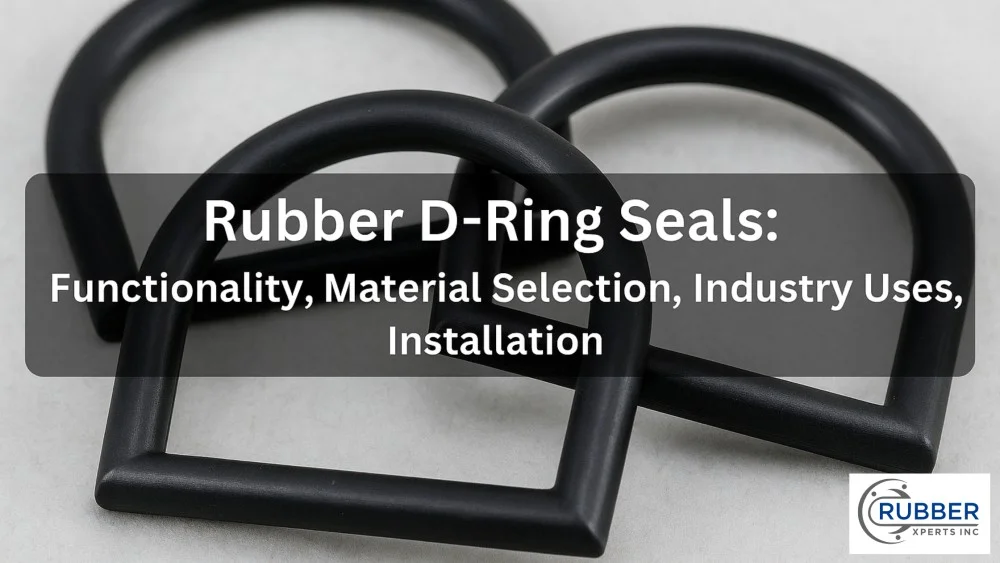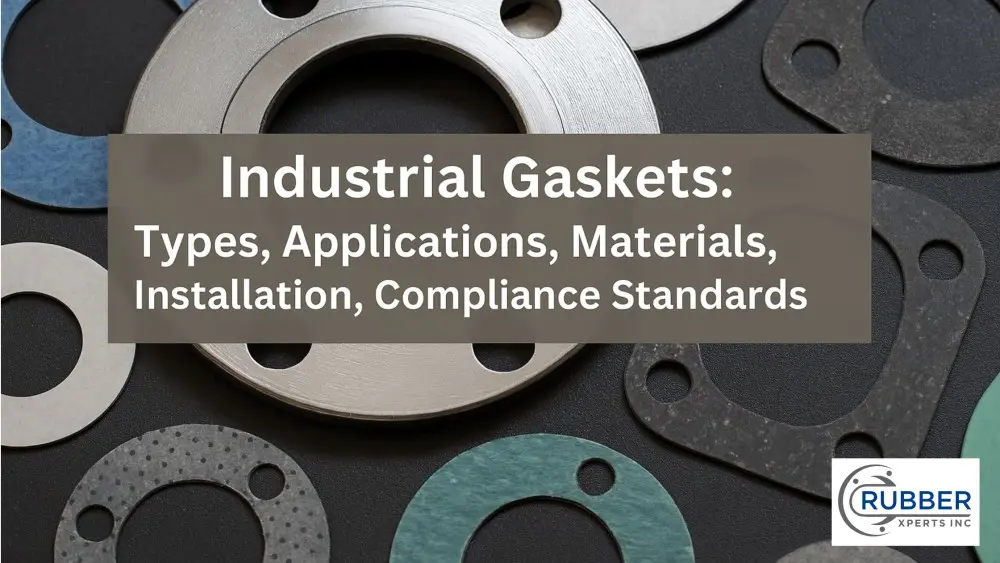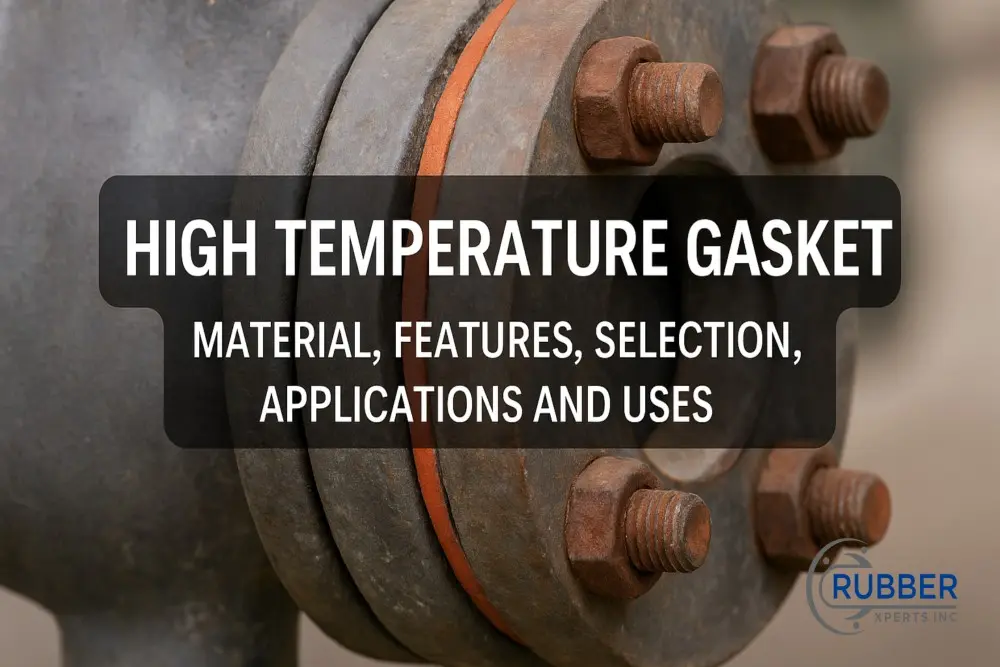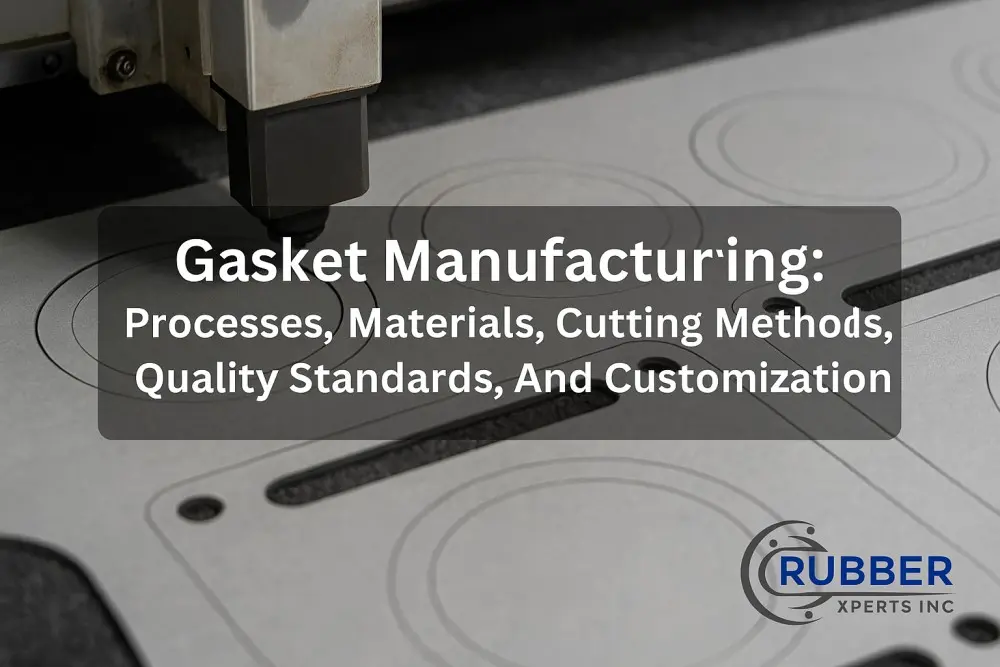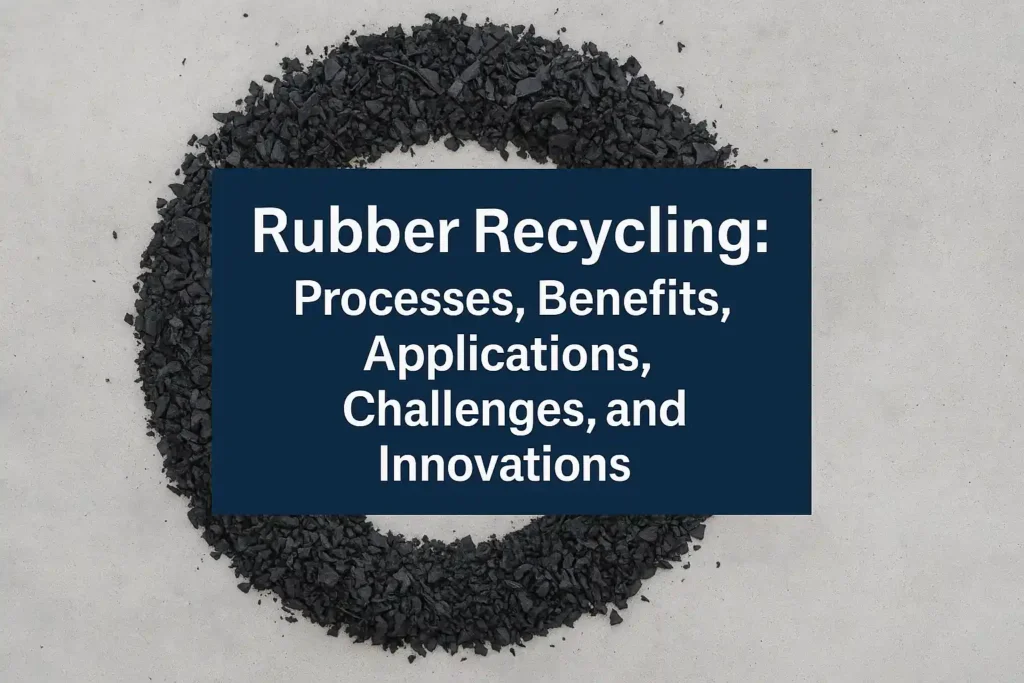Don’t use nitrile o-rings in high-temperature or chemical environments because they cause failures and increase maintenance.
Instead, use viton o-rings, which have better resistance and offer more durability and fewer issues.
But is it always the case? Confusion over which o-ring to use can lead to frequent breakdowns and repairs.
Therefore, it’s important for you to learn the difference between nitrile and viton o-rings based on their characteristics.
So, which one do you end up choosing, nitrile or viton o-rings?
Whichever you select, find the highest quality of rubber o-rings in our catalogue.
5 Key Factors for Difference Between Nitrile vs. Viton O-Rings
Understanding the difference between nitrile and viton o-rings is important for choosing the right one.
Key factors include temperature range, chemical resistance, cost, and mechanical properties.
These factors help determine how well the o-ring will work in different situations.
Knowing these differences ensures you pick the best o-ring for your needs.
1. Temperature Range
The difference between nitrile and viton o-rings in terms of temperature range is, therefore, a decisive factor in selecting the appropriate o-ring for high-temperature applications.
When considering the difference between nitrile and viton o-rings, the temperature range is a critical factor.
Nitrile o-rings function well within a temperature range of -40°C to +120°C (-40°F to +248°F).
This range makes them suitable for many general applications, especially where extreme temperatures are not a concern.
For instance, in automotive fuel handling systems and hydraulic systems, nitrile o-rings are effective and cost-efficient.
However, they may not perform well in environments where the temperature exceeds this range, leading to potential failure.
On the other hand, viton o-rings can withstand a much broader temperature range, from -20°C to +205°C (-4°F to +401°F), and some variants can handle even higher temperatures.
This makes viton o-rings ideal for applications that experience high temperatures, such as aerospace and chemical processing industries.
The superior temperature resistance of viton O-rings ensures that they maintain their integrity and performance even in extreme conditions.
2. Chemical Resistance
The difference between nitrile and viton o-rings is also pronounced in their chemical resistance.
It’s crucial for applications in the chemical processing, aerospace, and automotive industries, where exposure to harsh chemicals is common.
Nitrile o-rings are known for their excellent resistance to petroleum-based oils and fuels, which is why they’re commonly used in automotive and industrial applications.
However, they have limited resistance to certain chemicals such as ketones, esters, and aldehydes.
This limitation means nitrile o-rings may degrade quickly if exposed to these substances.
This makes them less suitable for environments where such chemicals are present.
Viton o-rings, however, offer outstanding chemical resistance, which is one of their most significant advantages.
They can withstand various chemicals, including fuels, oils, lubricants, and mineral acids, without deteriorating.
Viton o-rings are also resistant to ozone, oxygen, weather, and flame, making them suitable for use in harsh and demanding environments.
3. Cost
Cost is another important factor to consider when understanding the difference between Nitrile and viton o-rings.
Nitrile o-rings are generally more affordable and widely available, making them a practical choice for many standard applications.
Their lower cost and good performance in moderate conditions make them an economical option for industries that do not require extreme temperature or chemical resistance.
For example, in general industrial and automotive applications, nitrile o-rings provide a cost-effective solution without compromising performance.
In contrast, viton o-rings are more expensive due to their superior properties and a broader range of applications.
The higher cost is justified by their excellent resistance to high temperatures, harsh chemicals, and environmental factors.
While they’re a more significant investment, viton o-rings offer unmatched reliability and durability in critical applications.
The difference between nitrile and viton o-rings in terms of cost means that viton is often reserved for high-performance and demanding applications where failure is not an option.
4. Mechanical Properties
Understanding the mechanical properties is essential when considering the difference between nitrile and viton o-rings.
Nitrile o-rings have moderate tensile strength and good compression set resistance, particularly at lower temperatures.
These properties make them suitable for applications that require a balance of flexibility and durability, such as in automotive and general industrial uses.
However, their mechanical performance may diminish in high-stress environments, limiting their effectiveness in more demanding applications.
Viton o-rings, on the other hand, exhibit higher tensile strength and excellent compression set resistance, especially at high temperatures.
These mechanical properties ensure that viton o-rings maintain shape and performance under extreme conditions.
Their superior durability and strength are ideal for high-stress environments, such as aerospace and chemical processing industries.
5. Application-Specific Guidance
Nitrile o-rings are an excellent choice for automotive fuel handling systems, hydraulic systems, and general industrial use.
They’re suitable for moderate temperature resistance and oil compatibility.
Their cost-effectiveness and availability make them suitable for a wide range of standard applications.
In contrast, for applications in aerospace, chemical processing, and other industries where high temperature and chemical resistance are critical, viton o-rings are a perfect choice.
Their ability to withstand harsh conditions ensures reliability and durability in critical environments.
The difference between nitrile and viton o-rings in terms of application is crucial for selecting the appropriate o-ring for specific industrial uses.
Conclusion
In short, nitrile o-rings offer a cost-effective solution for moderate conditions, while viton o-rings provide superior performance in demanding environments.
By evaluating the difference between nitrile and viton o-rings from temperature range, chemical resistance, cost, and mechanical properties, you can determine the most suitable o-ring for your needs.
So, which types of o-rings do you need for your projects?
At Rubber Xperts, we have all the high-quality o-ring products you need.
Let’s check out our rubber o-rings catalog!
Do you want assistance to find out which product you might need for your machines?

